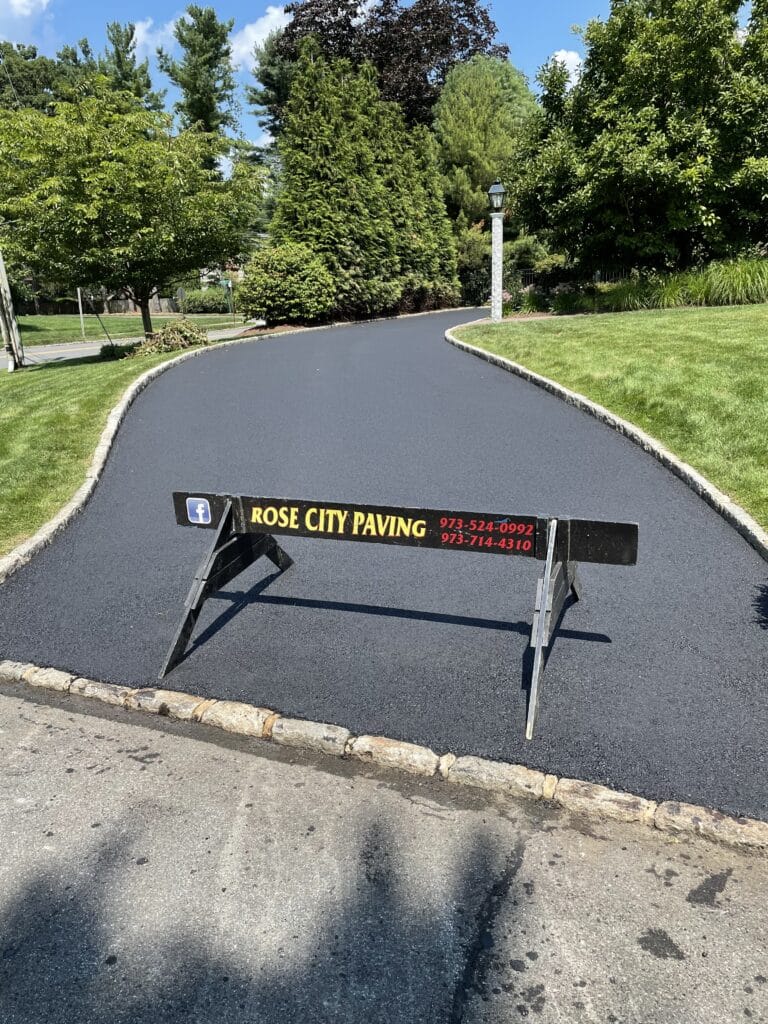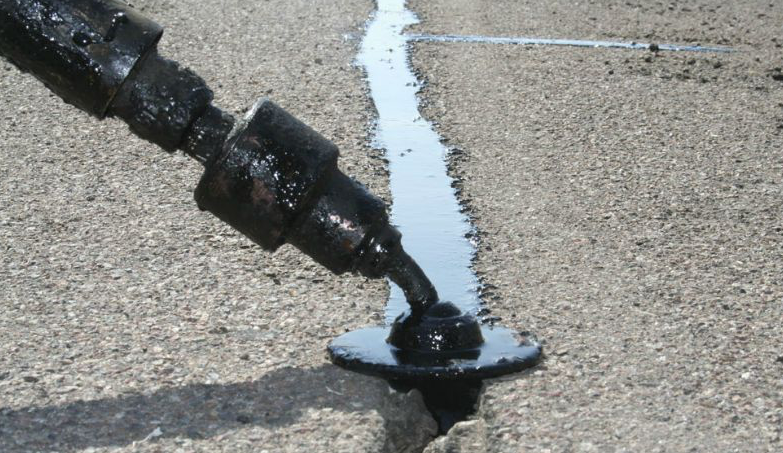Maximize Durability: Warm Mix Asphalt Sealing for Angled Parking Structures
Maximize Durability: Warm Mix Asphalt Sealing for Angled Parking Structures
Blog Article
Warm Mix Asphalt: A Lasting Solution for Pavement
Warm Mix Asphalt (HMA) has actually emerged as a leading lasting selection for sidewalk solutions, supplying a myriad of cutting-edge modern technologies and environmental advantages. As the need for environment-friendly building and construction methods grows, exploring the nuances of HMA's sustainability can provide beneficial insights right into the future of sidewalk services.
Environmental Advantages of Warm Mix Asphalt

Furthermore, Warm Mix Asphalt aids to alleviate city warm island effects. Its dark color absorbs sunlight, lowering the amount of warmth mirrored back into the atmosphere contrasted to lighter-colored pavements. This can decrease ambient temperature levels in metropolitan locations, reducing the need for cooling and ultimately lowering energy consumption.
Furthermore, Warm Mix Asphalt adds to enhanced stormwater administration. Its permeable nature allows water to penetrate the pavement and recharge groundwater products, decreasing runoff and the risk of flooding. These ecological advantages make Hot Mix Asphalt a lasting option for paving roadways and freeways.
Energy Effectiveness in HMA Production
Is energy performance a critical variable in the production of Hot Mix Asphalt (HMA)? Absolutely. Power plays a substantial function in the production of HMA, influencing both expense and ecological sustainability. One key facet of energy efficiency in HMA production is making use of cozy mix asphalt (WMA) technologies (commercial parking lot paving). WMA permits the mixing and positioning of asphalt at lower temperatures contrasted to traditional warm mix asphalt, causing lowered power intake during production. This process not just decreases gas usage however also reduces greenhouse gas emissions, making it a much more ecologically friendly choice.
Moreover, improvements in plant innovations have actually led to even more energy-efficient HMA manufacturing procedures. By enhancing energy use in HMA manufacturing, the market can lower its carbon impact while maintaining high-quality sidewalk materials.
Recyclability of Warm Mix Asphalt
The recyclability of Warm Mix Asphalt (HMA) is an essential aspect of its sustainability and lasting ecological effect. HMA is one of the most recycled materials in the USA, with over 100 million lots of recovered asphalt sidewalk (RAP) being recycled every year in brand-new sidewalk building. Recycling HMA supplies a number of environmental benefits, such as lowering the demand for virgin materials, decreasing power usage throughout manufacturing, and lowering the amount of waste sent out to land fills.
The procedure of recycling HMA entails crushing the existing sidewalk, squashing it into smaller sized pieces, and mixing it with brand-new aggregate and asphalt binder to produce a recycled mix. This recycled mix can often do along with and even much better than conventional HMA, while calling for fewer basic materials and generating reduced greenhouse gas exhausts. By including RAP into new sidewalk projects, road agencies can save natural resources, reduce prices, and minimize the environmental footprint of roadway building and upkeep activities. On the whole, the recyclability of HMA plays a significant duty in advertising sustainable methods within the sidewalk industry.

Long-Term Efficiency of HMA
Asphalt pavements demonstrate sturdiness and durability over a prolonged duration, mirroring the look at here long-term performance of Warm Mix Asphalt (HMA) The long life of HMA can be associated to its capability to endure heavy traffic lots, harsh climate problems, and the effects of aging. Studies have actually shown that properly designed and properly created HMA pavements can last for two decades or more with regular upkeep. The key to taking full advantage of the long-lasting efficiency of HMA hinges on making use of high-grade products, following finest methods in building, and executing effective upkeep techniques. Appropriate great site drainage, routine assessments, and timely fixings are important for maintaining the structural stability of HMA pavements in time. In addition, developments in HMA modern technology, such as using polymer-modified binders and warm mix asphalt, have further boosted the resilience and durability of HMA sidewalks. By prioritizing high quality construction and upkeep practices, HMA continues to confirm itself as a cost-effective and lasting option for long-lasting sidewalk facilities.

HMA: Longevity and Sustainability
Showing both durability and sustainability, Warm Mix Asphalt (HMA) has actually ended up being a keystone in the construction of long-lasting sidewalk facilities - angled parking. HMA's toughness comes from its capacity to hold up against heavy loads, extreme climate condition, and high web traffic volumes, making it a reputable choice for highways, freeways, and airport paths. The composition of HMA, which generally includes aggregates, binder, and filler, plays a crucial duty in boosting its durability and resistance to damage
Furthermore, HMA's sustainability exists in its recyclability and energy-efficient manufacturing procedure. The capability to recycle recovered asphalt pavement (RAP) in new HMA mixtures lowers the need for virgin materials and lessens the ecological impact of sidewalk construction and upkeep. Additionally, the power performance of generating HMA exists in its lower blending temperature levels contrasted to various other pavement products, causing minimized energy consumption and greenhouse gas discharges.
Conclusion
Finally, warm mix asphalt (HMA) offers a sustainable remedy for sidewalk with its eco pleasant features. HMA's recyclability, energy performance this hyperlink in manufacturing, and long-term longevity make it a green choice for road building. By preserving natural deposits, reducing waste, and lowering greenhouse gas exhausts, HMA plays a critical function in advertising sustainability in infrastructure growth. Its ability to minimize city heat island effects further highlights its relevance in producing ecologically aware and resistant pavement systems.
HMA is one of the most recycled materials in the United States, with over 100 million lots of recovered asphalt sidewalk (RAP) being recycled every year in brand-new pavement construction.The procedure of reusing HMA entails milling the existing pavement, crushing it right into smaller sized pieces, and mixing it with new aggregate and asphalt binder to create a recycled mix.Asphalt pavements demonstrate resilience and durability over an extended duration, reflecting the long-lasting efficiency of Warm Mix Asphalt (HMA) Furthermore, developments in HMA innovation, such as the use of polymer-modified binders and cozy mix asphalt, have even more boosted the resilience and longevity of HMA pavements. The ability to recycle reclaimed asphalt pavement (RAP) in new HMA combinations lowers the demand for virgin products and minimizes the environmental effect of sidewalk construction and maintenance.
Report this page